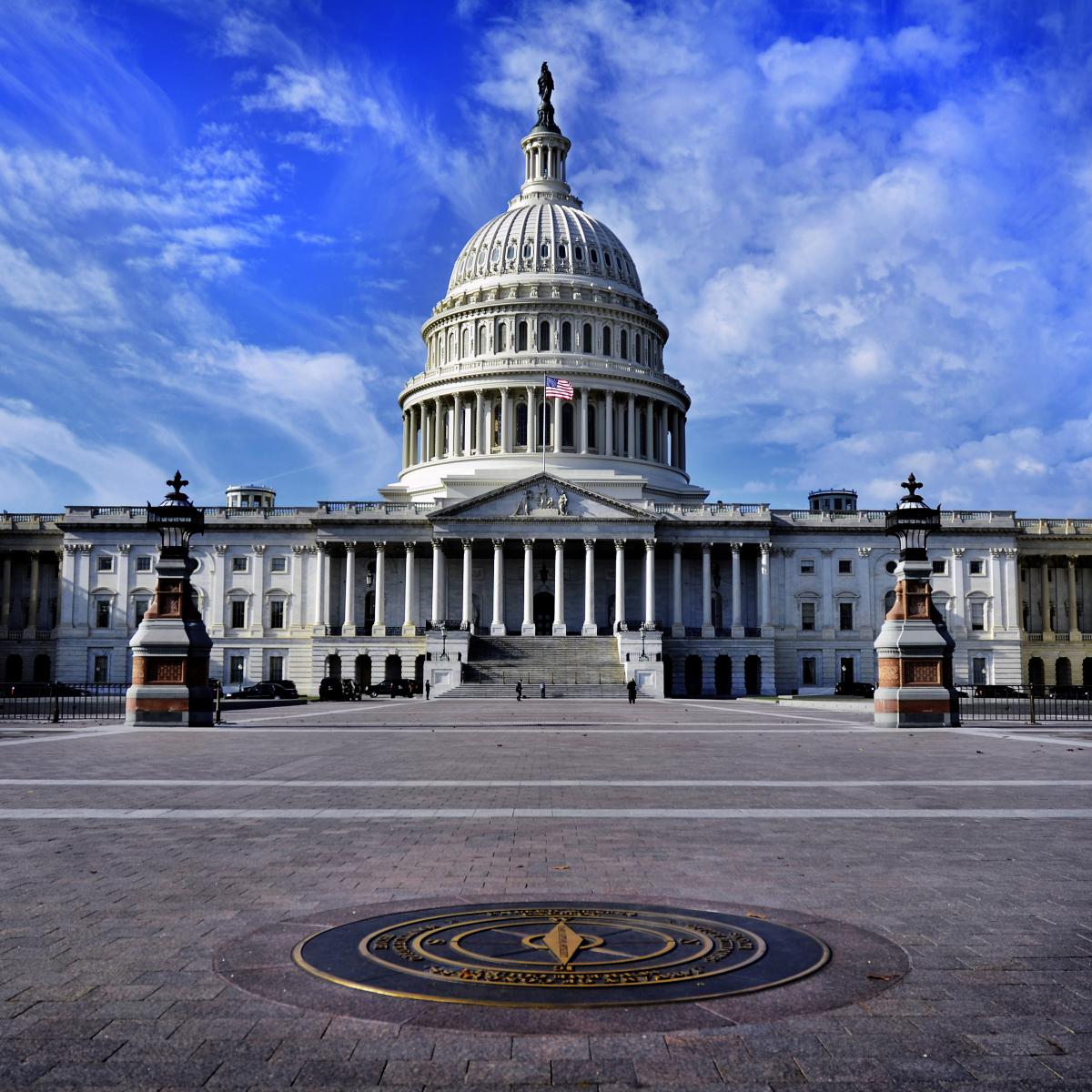 After months of speculation on whether the House and Senate would attach a final retirement security legislative package with a must-do, year-end spending bill, we now have an answer.
After months of speculation on whether the House and Senate would attach a final retirement security legislative package with a must-do, year-end spending bill, we now have an answer.
While most were nestled all snug in their beds in the waning hours of Dec. 19, House and Senate leaders released the text of the mammoth “omnibus” spending bill, which includes a final SECURE 2.0[1] package—now officially named the SECURE 2.0 Act of 2022—that retains many of the key provisions supported by the American Retirement Association. The retirement package aims to help small businesses to adopt retirement plans, as well as make it easier for Americans to save.
“We are grateful to the many members of Congress and staff who worked tirelessly to get SECURE 2.0 included in the omnibus legislation expected to be enacted this week,” noted Brian Graff, CEO of the American Retirement Association. “This important legislation will enhance the retirement security of tens of millions of American workers—and for many of them give them the opportunity for the first time to begin saving.”
Among the key provisions contained in the final bill include:
- The establishment of a new “Starter K,” supported by the ARA which will allow employers that do not currently sponsor a retirement plan to offer a starter 401(k) plan (or safe harbor 403(b) plan). Research sponsored by the American Retirement Association indicates that it could expand coverage to over 19 million American workers;
- A 100% tax credit for new plans;
- An enhanced Saver’s match that will modify the existing Saver’s Credit with respect to IRA and retirement plan contributions by changing it from a credit paid in cash as part of a tax refund to a government matching contribution that must be deposited into a taxpayer’s IRA or retirement plan. Research sponsored by the American Retirement Association suggest that more than 108 million Americans would be eligible for this government match;
- A new “pension-linked” emergency savings provision;
- A new student-loan matching program to treat student loan payments as elective deferrals for purposes of matching contributions;
- Higher catch-up limits at age 60, 61, 62 and 63 (beginning after Dec. 31, 2024);
- Increasing the required minimum distribution (RMD) age;
- Expansion of the current QLAC limits;
- Provisions for auto-portability;
- Establishment of a Retirement Savings Lost and Found;
- Expansion of the Employee Plans Compliance Resolution System (EPCRS); and
- Reforms to the family attribution rules by removing attribution for spouses with separate and unrelated businesses who reside in community property states, and removes attribution between parents with separate and unrelated business who have minor children.
CITs and PEPs in 403(b)s. The legislation also includes a provision to allow employers with 403(b) plans, including public schools and tax-exempt organizations, to structure their retirement plans as collective investment trusts (CIT). As such, the provision will permit 403(b) custodial accounts to participate in group trusts with other tax-preferred savings plans and IRAs. That said, there are some issues remaining with regard to securities law that will need to be resolved before 403(b)s can embrace CITs.
Revenue offsets. The cost of the bill will be offset by several provisions, including one specifying that elective deferrals generally will be limited to the regular contribution limit, such that a section 401(a) qualified plan, 403(b) plan or governmental 457(b) plan that permits an eligible participant to make catch-up contributions must require such catch-up contributions to be designated Roth contributions; this provision will apply to eligible participants whose wages for the preceding calendar year from the employer sponsoring the plan exceed $145,000. There’s also a provision scored as a revenue offset to allow certain hardship withdrawals for 403(b) plans.
What’s Next?
The Senate reportedly will take up the legislation first on Dec. 22, and following presumed passage, the House will take up the legislation on Dec. 23. It’s worth noting that Congress faces a Dec. 23 deadline to either pass the broad, omnibus spending bill or another continuing resolution to avoid a government shutdown. The broader bill also will likely be the final piece of legislation acted on by this Congress.
We are continuing to review the final legislation and will provide additional updates in the coming days.
Also, be sure to save the date (Thursday, Jan. 26, 2023, at 2:00 p.m., ET) for a special webcast to learn about what’s in the new SECURE 2.0 Act of 2022, where ARA CEO Brian Graff and Chief Government Affairs Officer Will Hansen will discuss and analyze the effects major provisions will have on plan design, administration and operations. Register today.
The text of the final legislation is here starting on page 2,046.
[1] Though none of the individual component bills bore the name, it had long been nicknamed SECURE 2.0, as it builds on the foundation laid by the SECURE Act passed in late 2019. Prior to reconciling the final bill, the package was comprised of three bills:
- the Securing a Strong Retirement Act (H.R. 2954) approved by the House of Representatives last March;
- the Retirement Improvement and Savings Enhancement to Supplement Healthy Investments for the Nest Egg (RISE & SHINE) Act approved unanimously by the Senate Health, Education, Labor and Pensions (HELP) Committee last June; and
- the Enhancing American Retirement Now (EARN) Act, also approved unanimously last June by the Senate Finance Committee.

